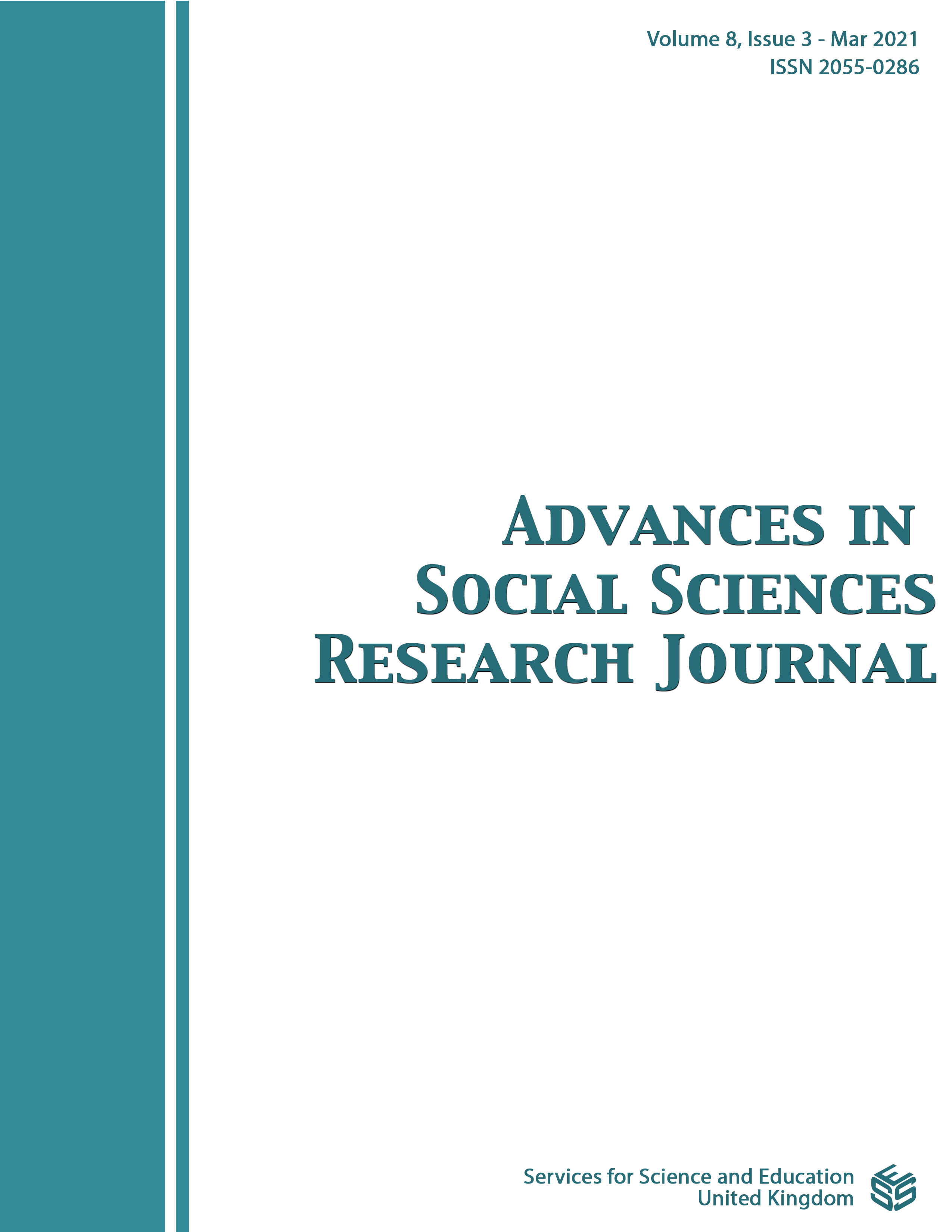Are you a mentor? A qualitative study: imago-graphic students’ mirror views
Mentors from students’ views
DOI:
https://doi.org/10.14738/assrj.83.9931Keywords:
mentorship, info-graphic, mentors, qualitative, focus groupAbstract
Objectives: Mentoring is widely acknowledged for providing support, fostering students’ learning and self-development. This study was conducted at the Faculty of Medicine, Suez Canal University with the following objectives, exploring students’ perception of their mentors, analysing expected roles and essential skills for mentors.
Methodology: A qualitative study was conducted. A focus group was planned in the first mentorship session, a sample of 30 year 1 and 2 students divided into 2 focus groups (n=15 students per a focus group). Focus group started with an imaginary students’ drawing of the mentor followed by further analysis and discussion.
Results: Data displayed in a graphical format, and then further discussed to have more details. Three main themes had emerged: perception of mentors, role of the mentor and expectations from mentors. Perception was then analysed into positive, where the ease of communication was mostly discussed, and negative perception where the fear of humiliation was one of the common students’ fears. For mentors’ roles, guidance for portfolio submission was the highest frequency (45%) then came the role of academic and personal support (30%).
Conclusion: Mentorship experience is a rich process of interaction and communication between mentors and mentees. Mentors should receive appropriate training to be well prepared for their roles. This study provides practical insights into essential skills mentors should have for an effective mentorship experience.
Keywords: mentorship, info-graphic, mentors, qualitative, focus group
Downloads
Published
How to Cite
Issue
Section
License
Authors wishing to include figures, tables, or text passages that have already been published elsewhere are required to obtain permission from the copyright owner(s) for both the print and online format and to include evidence that such permission has been granted when submitting their papers. Any material received without such evidence will be assumed to originate from the authors.






